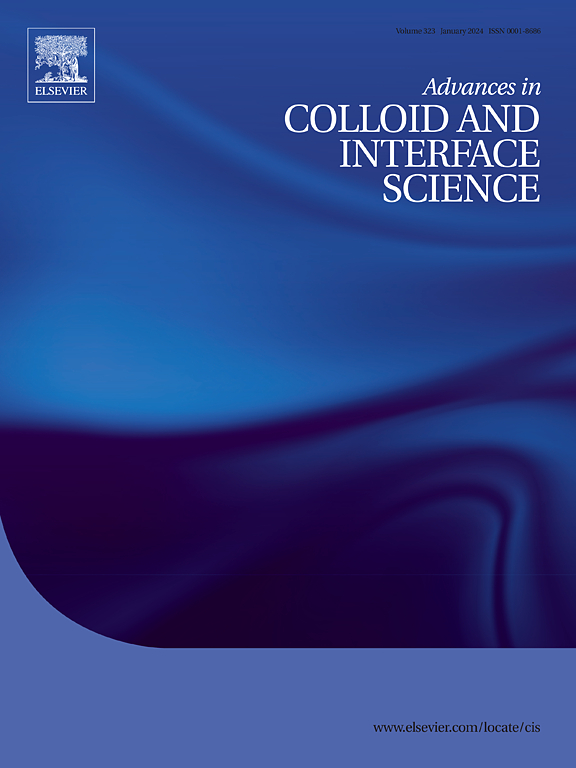Droplet microfluidics, colloidal assembly and nanoscale processing: Synergistic control and properties of colloid-based photonic microobjects
IF 19.3
1区 化学
Q1 CHEMISTRY, PHYSICAL
引用次数: 0
Abstract
Colloidal photonic crystals have drawn wide attention in a number of realms due to their manyapplications. Photonic microobjects can be processed by a combination of droplet-based microfluidics and the subsequent different post-processing approaches in a precisely controlled manner in terms of compositions, geometries, and functionalities, offering a wide range of properties for the resulting products. In this review, we provide a summary of colloidal-based photonic microobjects that have evolved from droplets produced by microfluidic devices with different configurations and designs. The colloidal building blocks can be either inert or responsive to external stimuli, which impart the colloidal photonic microobjects with tunable properties. By leveraging a number of post-processing strategies, including evaporation of solvents from the droplet templates, external field-guided assembly, selective sputter coating, controlled etching, osmosis regulating, etc., the obtained photonic microobjects eventually possessed diverse microstructures with different fashions, featuring the photonic microobjects with demanded photonic performances in sub-microscale or can be further organized for bulk applications. Finally, we analyze the challenges and present outlooks on future development trends regarding the construction of colloid-based photonic microobjects, including current issues, critical needs, and promising emerging photonic applications. Also, we propose some emerging scientific questions and engineering limitations may be worthy of exploration based on the combination of microfluidics processing, colloidal assembly, and post-treatments.

液滴微流体、胶体组装和纳米级加工:胶体基光子微物体的协同控制和特性
胶体光子晶体由于其广泛的应用,在许多领域引起了广泛的关注。光子微物体可以通过基于微滴的微流体和随后的不同后处理方法的组合以精确控制的方式在成分,几何形状和功能方面进行处理,为最终产品提供广泛的特性。本文综述了基于胶体的光子微物体的研究进展,这些微物体是由不同结构和设计的微流体装置产生的液滴演变而来的。胶体构建块可以是惰性的,也可以是响应外部刺激的,这使得胶体光子微物体具有可调谐的特性。通过利用液滴模板溶剂蒸发、外场引导组装、选择性溅射涂层、受控蚀刻、渗透调节等后处理策略,最终获得的光子微物体具有不同的微结构和不同的模式,具有亚微尺度下所需的光子性能或可进一步组织用于批量应用的光子微物体。最后,我们分析了胶体基光子微物体构建面临的挑战,并对未来的发展趋势进行了展望,包括当前的问题、关键需求和有前景的新兴光子应用。此外,我们还提出了一些新兴的科学问题和工程限制,这些问题和限制可能值得基于微流体处理、胶体组装和后处理的结合进行探索。
本文章由计算机程序翻译,如有差异,请以英文原文为准。
求助全文
约1分钟内获得全文
求助全文
来源期刊
CiteScore
28.50
自引率
2.60%
发文量
175
审稿时长
31 days
期刊介绍:
"Advances in Colloid and Interface Science" is an international journal that focuses on experimental and theoretical developments in interfacial and colloidal phenomena. The journal covers a wide range of disciplines including biology, chemistry, physics, and technology.
The journal accepts review articles on any topic within the scope of colloid and interface science. These articles should provide an in-depth analysis of the subject matter, offering a critical review of the current state of the field. The author's informed opinion on the topic should also be included. The manuscript should compare and contrast ideas found in the reviewed literature and address the limitations of these ideas.
Typically, the articles published in this journal are written by recognized experts in the field.

 求助内容:
求助内容: 应助结果提醒方式:
应助结果提醒方式:


